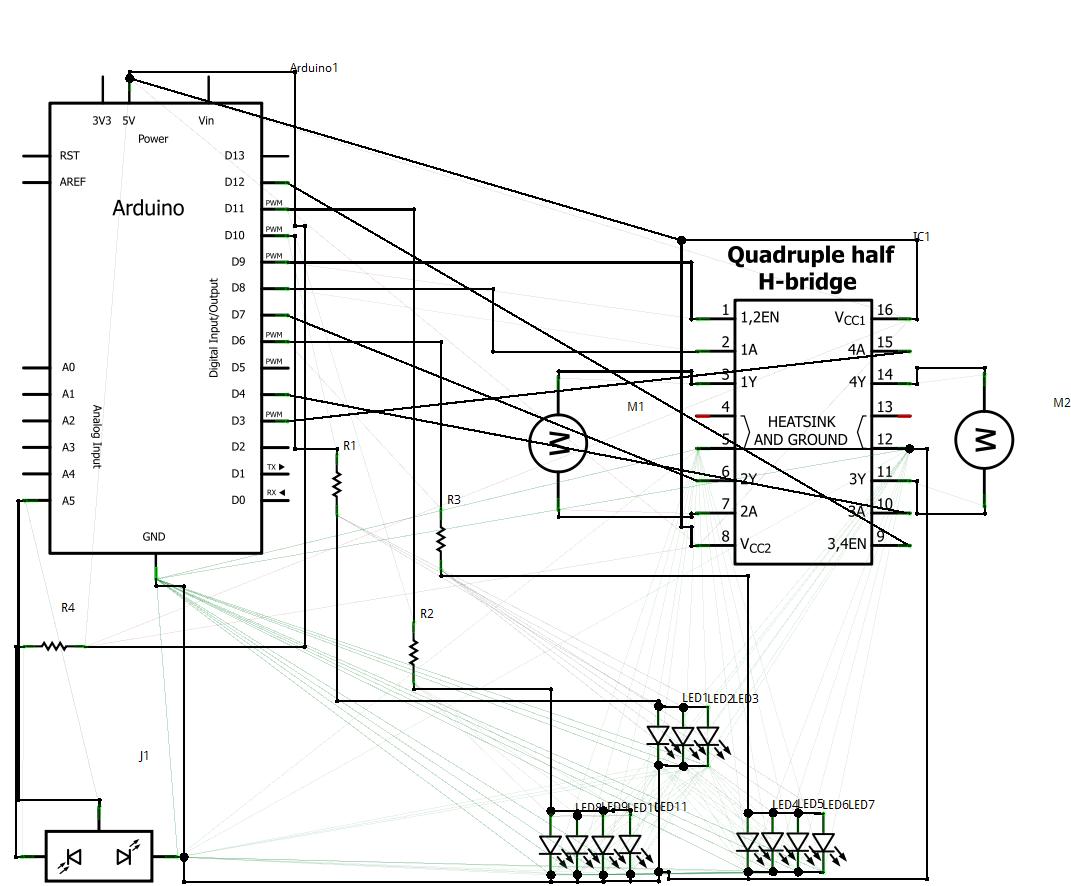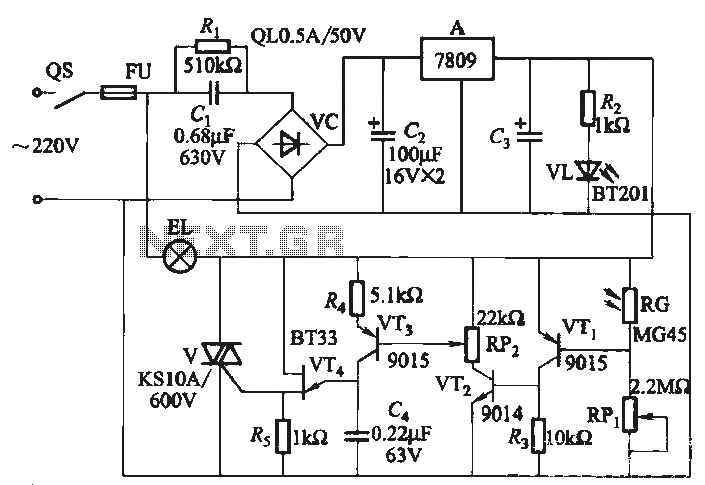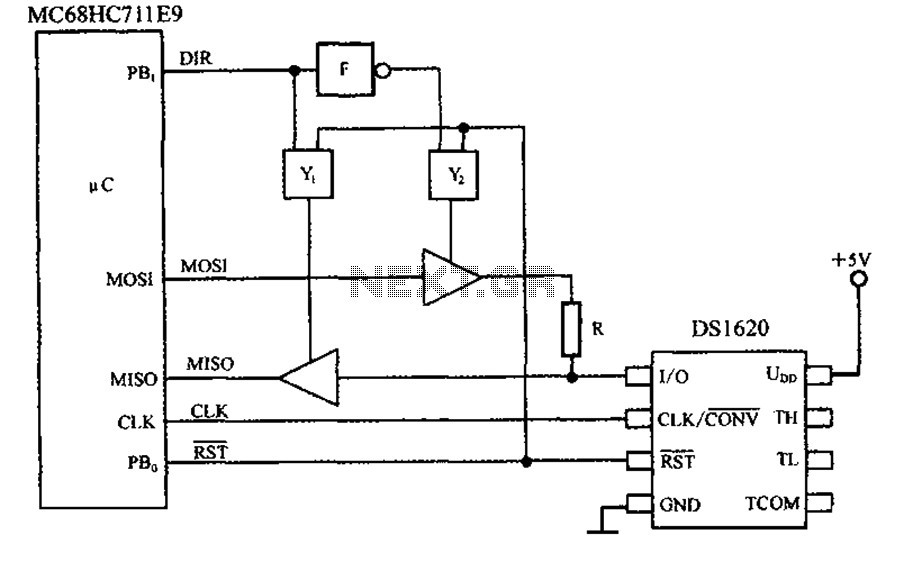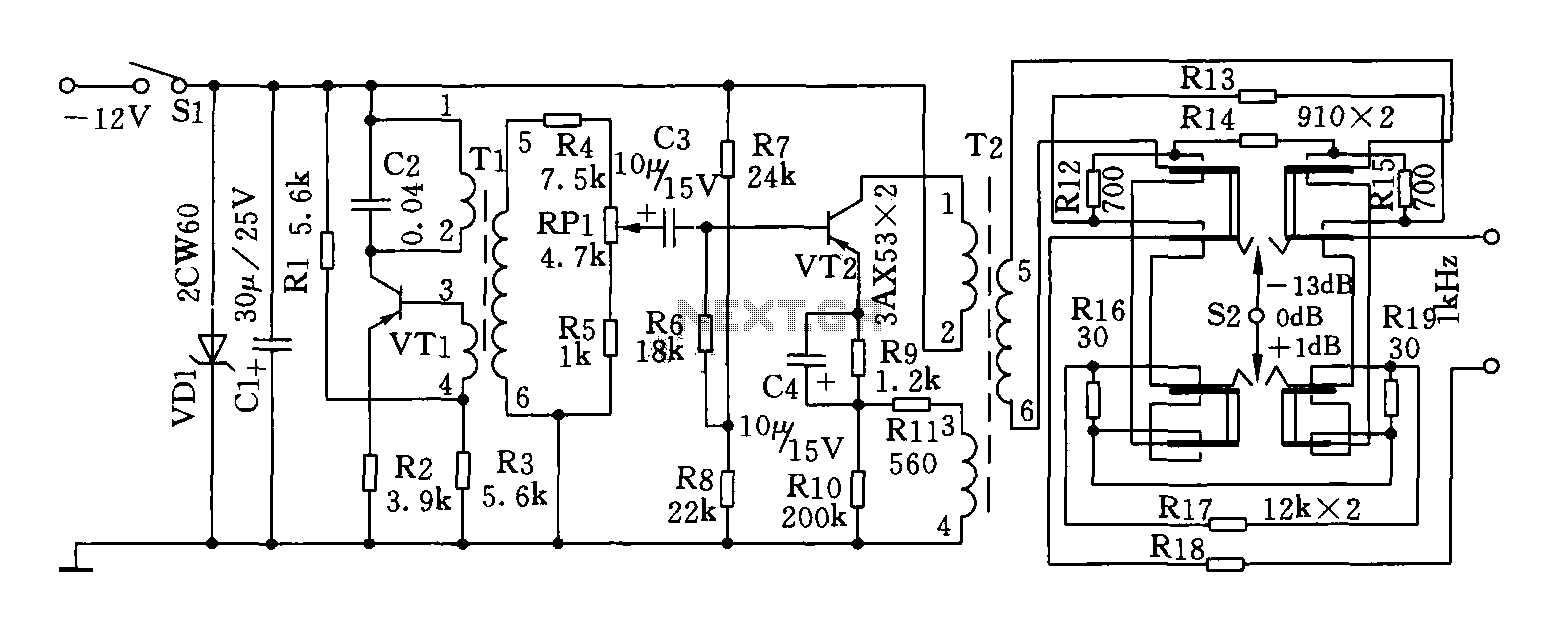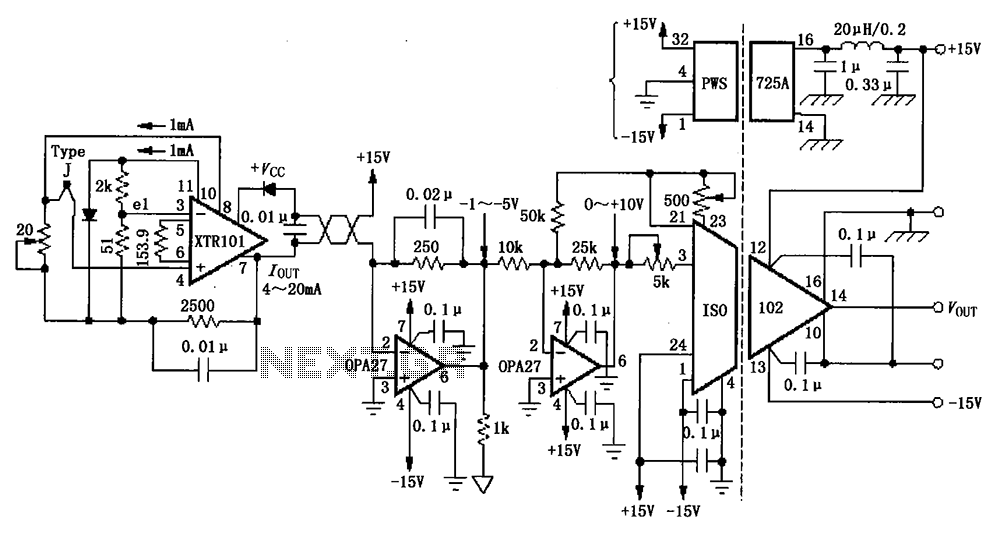
Triple Stroboscope Circuit
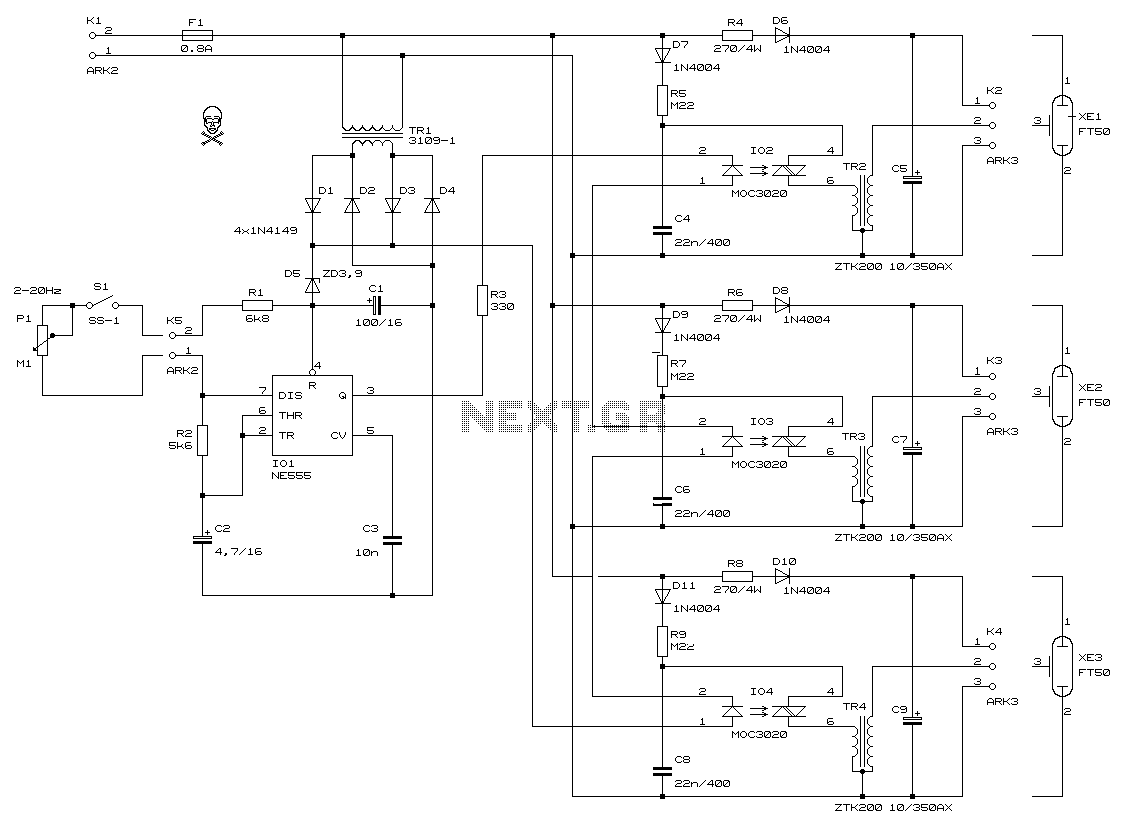
This circuit allows for the observation of movement between various stroboscopes. The generation of a rectangular signal is accomplished using an NE555 timer. It operates on a low power supply, which is created using a simple transformer (TR1), a traditional rectifier bridge, and a Zener diode. The frequency can be adjusted using potentiometer P1, which can be positioned as far as 30 meters away to control the stroboscope's operation remotely.
The described circuit is designed around the NE555 timer IC, which is widely used for generating precise timing pulses and oscillations. In this application, the NE555 is configured in astable mode, allowing it to produce a continuous square wave output. The frequency of the output signal can be modified by adjusting the resistance of potentiometer P1, which alters the charge and discharge times of the timing capacitor connected to the NE555.
The power supply for this circuit is derived from a transformer (TR1), which steps down the voltage from the mains supply. The AC voltage output from the transformer is then rectified using a traditional bridge rectifier configuration, converting it to a DC voltage. To ensure stable operation and to protect the circuit from voltage spikes, a Zener diode is incorporated into the power supply design. This diode regulates the voltage and provides a consistent operating voltage for the NE555 timer.
The ability to place the control potentiometer P1 up to 30 meters away from the circuit allows for flexibility in the setup of the stroboscope. This feature is particularly useful in applications where the stroboscope needs to be suspended or positioned at a distance for optimal observation of movement. The remote adjustment capability enhances user convenience and operational efficiency, enabling precise control over the stroboscopic effect without the need for direct access to the circuit.
Overall, this circuit is an effective solution for generating stroboscopic effects and observing movement, combining ease of use with reliable performance.This circuit enables observation of movement between other stroboscopes. Generation of rectangular signal is based on NE555. This circuit requires a low power supply that is made from a simple transformer TR1, traditional rectifier bridge and zener diode. The frequency is adjusted by potentiometer P1. The control potentiometer P1 can be placed as far as 30 meters away, for suspension of stroboscope ½s work from far away. 🔗 External reference
The described circuit is designed around the NE555 timer IC, which is widely used for generating precise timing pulses and oscillations. In this application, the NE555 is configured in astable mode, allowing it to produce a continuous square wave output. The frequency of the output signal can be modified by adjusting the resistance of potentiometer P1, which alters the charge and discharge times of the timing capacitor connected to the NE555.
The power supply for this circuit is derived from a transformer (TR1), which steps down the voltage from the mains supply. The AC voltage output from the transformer is then rectified using a traditional bridge rectifier configuration, converting it to a DC voltage. To ensure stable operation and to protect the circuit from voltage spikes, a Zener diode is incorporated into the power supply design. This diode regulates the voltage and provides a consistent operating voltage for the NE555 timer.
The ability to place the control potentiometer P1 up to 30 meters away from the circuit allows for flexibility in the setup of the stroboscope. This feature is particularly useful in applications where the stroboscope needs to be suspended or positioned at a distance for optimal observation of movement. The remote adjustment capability enhances user convenience and operational efficiency, enabling precise control over the stroboscopic effect without the need for direct access to the circuit.
Overall, this circuit is an effective solution for generating stroboscopic effects and observing movement, combining ease of use with reliable performance.This circuit enables observation of movement between other stroboscopes. Generation of rectangular signal is based on NE555. This circuit requires a low power supply that is made from a simple transformer TR1, traditional rectifier bridge and zener diode. The frequency is adjusted by potentiometer P1. The control potentiometer P1 can be placed as far as 30 meters away, for suspension of stroboscope ½s work from far away. 🔗 External reference
